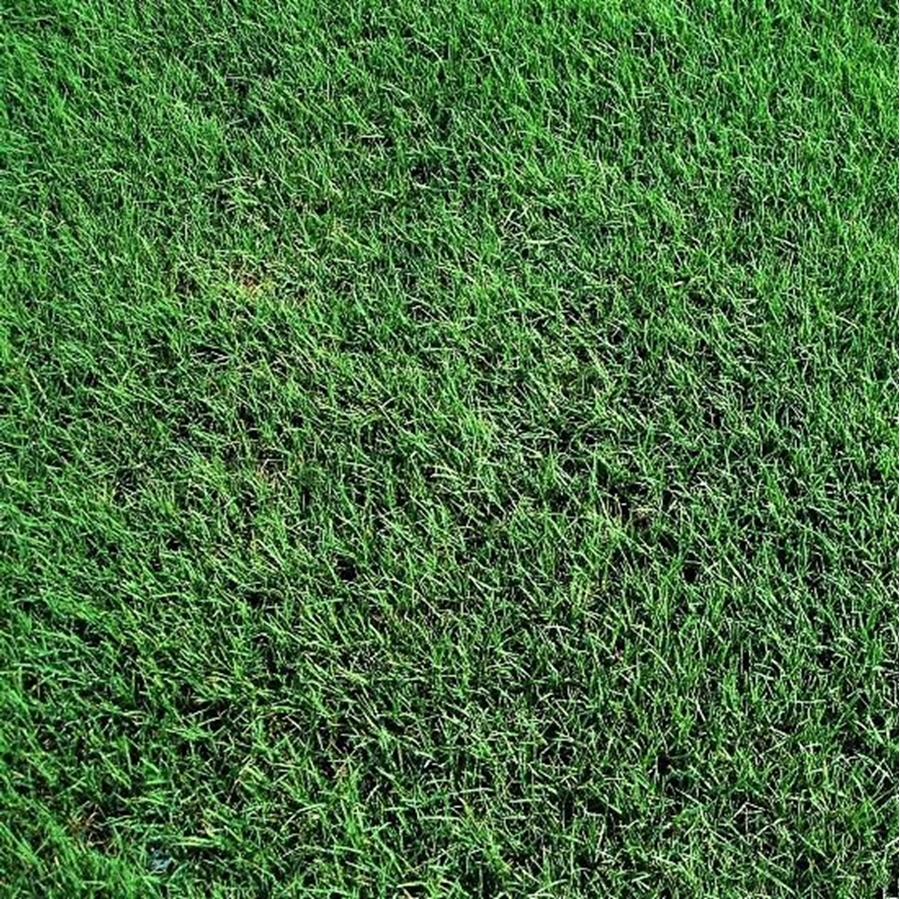Sod in Melissa
Services
Sod Installation Melissa
Installing sod can enhance the appearance and feel of your property. If you’re seeking sod installation in Melissa, Texas, it’s crucial to understand a few important points before beginning. In this post, you will learn about the best sod options available in the Melissa area and some factors that determine the overall cost.
First, you should know that the following types of sod are popular in Melissa: Bermuda sod, Zoysia sod, and St. Augustine sod. Each of these sod varieties has its advantages, so selecting the right one for your requirements is crucial. For instance, Bermuda sod is an excellent option for heavy-use areas as it is highly durable. Zoysia sod is a smart choice if you’re looking for a low-water sod, while St. Augustine sod is a good fit for shady regions.
The cost of sod in Melissa also varies based on the scale of your project. If your sod installation is a big project, you can anticipate paying more compared to a small area installation. The type of sod you pick will also impact the overall cost; typically, Bermuda sod is costlier than Zoysia sod.
Last but not least, consider the cost of professional sod installation while preparing your budget. Although you can install sod by yourself, it is recommended to hire professionals. They have the necessary equipment to complete the task quickly and efficiently, and they also know how to care for the sod once installed, ensuring its longevity.
Bermuda Grass Pros and Cons
Getting the perfect sod in Melissa, Texas, can be a little intimidating. But, with the right type of grass, you could end up with a beautiful lawn that’s the envy of the neighborhood! Bermuda grass is a popular option for Melissa homeowners, known for its heat and drought tolerance and disease/pest resistance.
However, keep in mind that Bermuda grass can be high-maintenance, requiring frequent mowing and watering, and it spreads aggressively, which can be a pain for smaller yards. So, think it over before you make your final decision. There are both pros and cons to consider.
Zoysia Grass Pros and Cons
If you’re looking to replace your lawn’s sod, Zoysia grass is a great choice that many homeowners go for. Zoysia grass boasts a deep green color, heavy traffic resistance, and disease resistance. But, it also spreads aggressively, making it hard to control, and requires more watering than other types of grass.
But, if you’re looking for a sod replacement that’ll give you a gorgeous lawn that can handle heavy foot traffic, Zoysia grass might be right up your alley.
St. Augustine Grass Pros and Cons
St. Augustine grass is one of the most beloved turf grasses in the South. It has a thick, lush growth and can handle heat and humidity like a champ. But, it also has its downsides, being somewhat susceptible to disease, requiring more water and fertilizer than other types of turf grass, and going dormant and brown in the winter.
Despite these drawbacks, St. Augustine grass remains a top pick for many homeowners because of its stunning appearance and low maintenance needs.

When is the Best Time to Lay Sod Grass
Laying sod in Melissa is best done during spring or early fall. The cooler temperatures and increased rainfall during these times allow the sod to take root more effectively. It’s crucial to avoid laying sod during extended periods of drought as this can put the sod at risk of dying.
If you’re unable to lay sod in spring or fall, summer can be a viable option too, but extra care must be taken to keep the sod hydrated. This means more frequent watering and more generous applications of fertilizer although the best time to lay sod is still considered to be spring or early fall.
New Sod Cost
When it comes to the cost of new sod, it’s generally priced between $0.50 to $2.00 per square foot. This means that it’s essential to consider the cost before making any final decisions on when to lay it down. The ideal time for sod installation can differ based on your local climate, but it’s advisable to steer clear of temperatures that are either too scorching or freezing.

How much sod will I need?
Calculating the amount of sod you need for your landscaping project is simple if you know a few basic measurements. Start by figuring out the square footage of area you want to sod by multiplying its length and width.
Divide that number by nine to find out the square yards of sod required. Remember, one sod square yard covers 9 square feet and is 3 inches deep. Let’s say you want to sod an area that is 60 feet long and 30 feet wide. That’s a total of 1,800 square feet. Dividing 1,800 by nine would give you 200 sod yards, meaning you would need 200 sod yards to cover the area with a 3 inch thick layer of sod.
If you’re not confident in your sod calculations, it’s always safer to order a little extra. Running out of sod during the project can cause delays and make it hard to match the existing sod.
It’s also important to remember that sod is a living plant that will keep growing after you lay it down. You will need to maintain your sod by mowing it regularly to keep it looking its best.
How to Take Care of Sod after Installation
Taking proper care of your newly installed sod is crucial to its success and growth. Here’s how:
- Start by watering the sod thoroughly right after installation. For the first week, it’s important to hydrate it multiple times a day, then gradually reduce watering to once daily for the following weeks. After that, you can water it as needed.
- When the sod reaches a height of 3-4 inches, it’s time for your first mowing session. Cut only a small amount at a time and never remove more than 1/3 of the height.
- To encourage strong and healthy roots, fertilize the sod every 6-8 weeks using a lawn fertilizer.
One of the biggest challenges with new sod is over-watering, which can suffocate the roots, leading to the eventual death of the sod. It is important to water it deeply and slowly, allowing the water to soak in before it runs off. The best time to water your new sod is early in the morning, allowing the leaves to dry before nightfall.
As the sod begins to root itself in its new environment, it’s crucial to gradually reduce watering to help the roots adjust. With proper care, your new sod will soon become a vibrant and thriving part of your lawn.
When it comes to cutting your new sod, it’s best to wait until it has rooted itself, which usually takes 10-14 days, although this may vary based on the type of sod you’ve used. Once the sod has rooted, you can use a sharp lawnmower to give it a clean cut. To avoid scalping, make sure to mow in one direction. With proper care, you’ll enjoy a beautiful lawn for years to come.
By following these guidelines, your new sod will thrive and bring beauty to your yard for many years to come.

